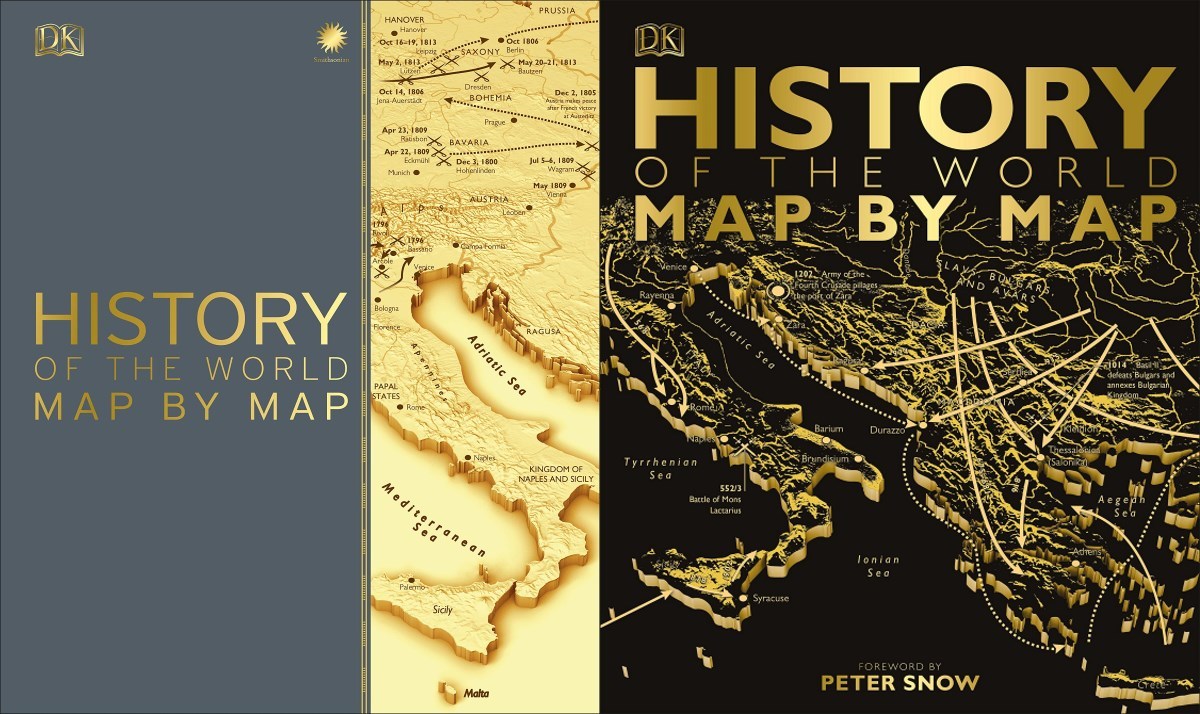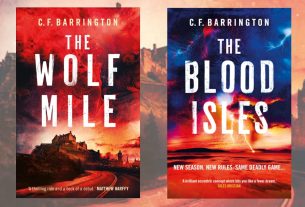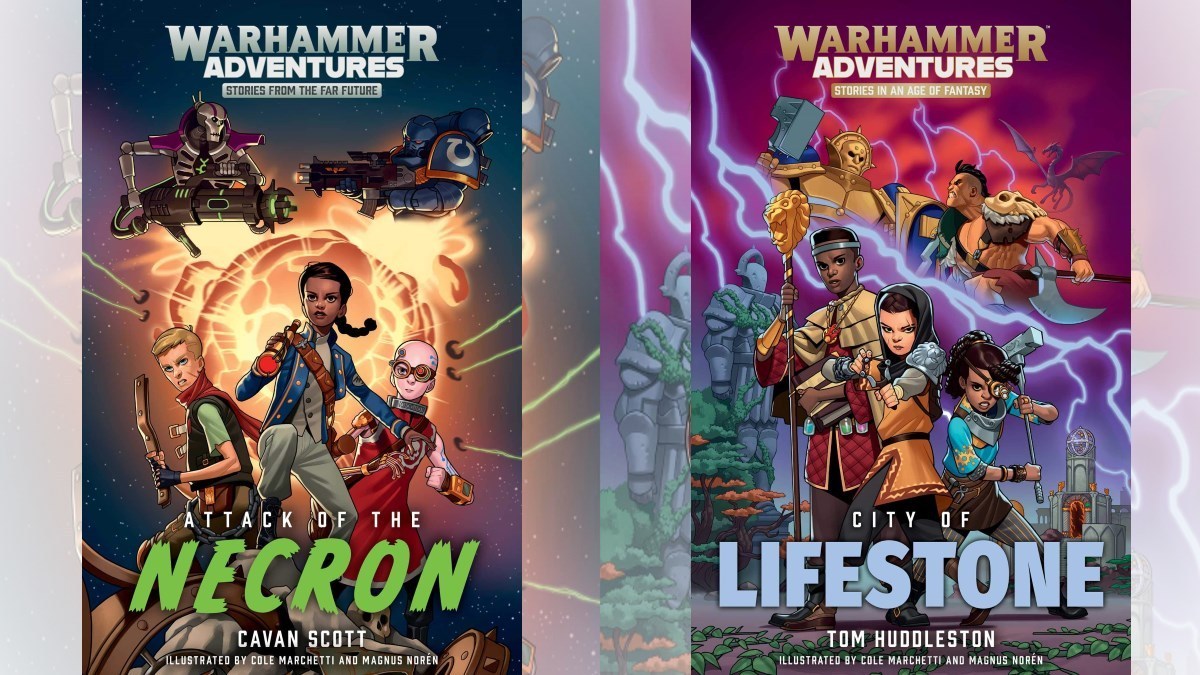
This Week’s Word Is “Cartography”
In this week’s Word Wednesday, history and geography collide in DK’s History of the World Map by Map.
Starting with the fossil record and finishing with the world’s population explosion, the book charts the history of man through a series of maps. It’s important to make the distinction that this book is not a history of maps. It is not filled with ancient charts and early maps, but modern, accurate maps that illustrate key events through time.
What is The History of the World Map by Map?
Across 350 pages, the history of the world is told using maps. Each double page spread has a map that spreads across both pages with text wrapped around it. This being a DK book, you can expect great photos, clear diagrams (or maps in this case), and sidebars. There are fewer photos than I’m used to from previous DK books I’ve reviewed, but that is probably because the book is aimed squarely at adult readers. The lack of pictures is made up for by the volume of sidebar text. Each of the maps is labeled and annotated with them. The book contains a good spread of maps that depict key historical events from all around the globe.
History of the World Map by Map is arranged chronologically and is broken down into 7 sections. Each section begins with a brief overview that takes up a double page, contains no maps, but does have a timeline of the period covered.
1. Prehistory.
7 Million Years Ago – 3000 BCE. The rise of early man and the peopling of the globe. The migration of humans, including the settlement of Australia and the Americas. The advent of farming and agriculture and the birth of villages and towns, are all covered in the prehistory section.
2. The Ancient World.
3000 BCE to 500 CE. The Egyptian, Mesopotamian, Minoans, Chinese, Romans, and Greeks are all covered in this section, as well as the settlement of the world’s first cities. There’s a fascinating page on the birth of writing, a discussion of the first American civilizations, the first Emperor of China, and the roots of Indian history. The first maps that chart wars are included in this section, as well as maps that depict the spread of Buddhism and Christianity.
3. Middle Ages.
500-1450 CE. One of the largest sections in the book opens with the sprawl of the Byzantine Empire, before moving onto the Ascent of Islam and the Rule of the Caliphs. In Northern Europe, the Vikings are abroad and the Normans are invading Britain, whilst further east, the Silk Road is founded.
After charting the Hundred Years War, Black Death, and Holy Roman Empire, we have the rise of the Ottoman Empire, medieval East Asia, Korea, Japan, and the Mongol Conquests. Completing our medieval jaunt around the globe are maps that encompass Africa, Polynesia, the diverse cultures of North America, and, of course, the Aztecs and Incas.
4. The Early Modern World.
1450 – 1700. The Early Modern World section opens with a map I remember well from my school days, “Voyages of Exploration,” with the journeys of Columbus, Drake, Magellan, and many more, mapped out. This then moves onto the Spanish conquests in the Americas and the Colonization of North America.
The Reformation is given a map of its own, as are the British Civil Wars. Further afield (from my house), are charts for Mughal India, Ming and Qing China, and the Reunification of Japan.
5. Revolution and Industry.
1700-1850. The Battle for North America opens this chapter and will be of interest to most GeekDad readers, as will maps of the American Revolution (Spoiler Alert: You won!). More sobering are the Atlantic Slave Trade and Fate of Native American maps, pieces of history the echoes of which are still felt today.
On the other side of the Atlantic, there are maps of the French Revolution, the Advance of Napoleon, and Napoleon’s downfall. My dad is a Napoleonic Wars geek, so this struck a strong nostalgic resonance for me. The Industrial Revolution is chronicled in the Industrial Britain map before the book moves onto the revolutions of 1848.
6. Progress and Empire.
1850-1914. The previous section closed out with the rise of British India and Empire continues into section 6. Before that is a map that charts the rise of industrialism across Europe and a fascinating world map that displays the transport and communication advances of the time.
The colonization of Africa and the meddling of foreign powers in China continue the theme of British meddling before we move onto the American Civil War and the emergence of Japan as an international power. After maps that depict the expansion of the U.S and an independent Latin America, the book returns to Europe with maps that explain the wars in the Balkans, the unification of both Germany and Italy, and the setting up of the powder keg that would lead to World War I.
7. The Modern World.
1914 – Present. As you might expect, the Modern World section is dominated by war and dictatorships. As a cheery aside, we can find out about the Great Depression and the devastating partition of India. (Check out the recent Doctor Who episode, “Demons of the Punjab,” if you’re unsure how that turned out.) Other non-war related maps include the decolonization of Africa and South East Asia, and the Space Race.
I’m not going to lie. This section is extremely depressing. So much devastation in the world. Humanity’s modern era, when displayed like this, looks like it’s an exercise in hating one another.
And yet, generally speaking, the world is a safer place to live than its ever been. History and maps perhaps don’t tell the full story. How do you map human happiness and quality of life? A question for a future book, maybe? 
Why Read History of the World Map by Map?
OK, I’m a total map geek, so my opinion of this book might be starting off from a biased position but it is AMAZING. The clarity that a map brings to an explanation of world events cannot be underestimated. At a glance, you can see what happened and where it fits in context with what was going on elsewhere, at around the same time. The maps draw you in, and you can’t help but read the text to find out more.
I was a little flippant about the book’s sidebars, but they are the making it. Each sidebar delivers a nugget or two of information in an easily digestible form. It’s easy to consume lots of them at once, and by doing so, you can build up a deep understanding of what it is you’re looking at.
The atlas is comprehensive for just about any period you are looking at. I guess by necessity the detail given in the book only scratches at the surface of events, but for just about any given period of time, HotWMbM is the perfect jumping off point for finding out more. It may only scratch the surface but nevertheless, there is a hugely impressive amount of information conveyed in the pages of this book.
The book does a good job a representing global history as well of that of the US and Europe. The way I was taught history at school gave almost zero information about rest of the globe, but in our modern world, where we are increasingly interconnected, an understanding of the history of places, other than those we call home, is vital. Again, the map by map format makes it easy to absorb information at a glance, and dive into the supporting text from there.
The History of the World Map by Map is brilliantly executed. Every page has something fascinating on it. It’s absolutely the sort of book you pick up to check on one thing about the rise of Communism and thirty minutes later, find yourself reading about the sacking of Carthage instead. Any book review written at this time of year has to have one eye on gift ideas, and this book is absolutely perfect for that history buff in your family. The one that’s annoyingly difficult to buy for. Look no further. Problem solved. This book will fascinate them from start to finish.
If you’d like to pick up a copy of The History of the World Map by Map, you can do so here, in the US, and here in the UK.
If you enjoyed this Word Wednesday post, you can check the rest of them out, here.
Disclosure: I received a copy of this book in order to write this review.






